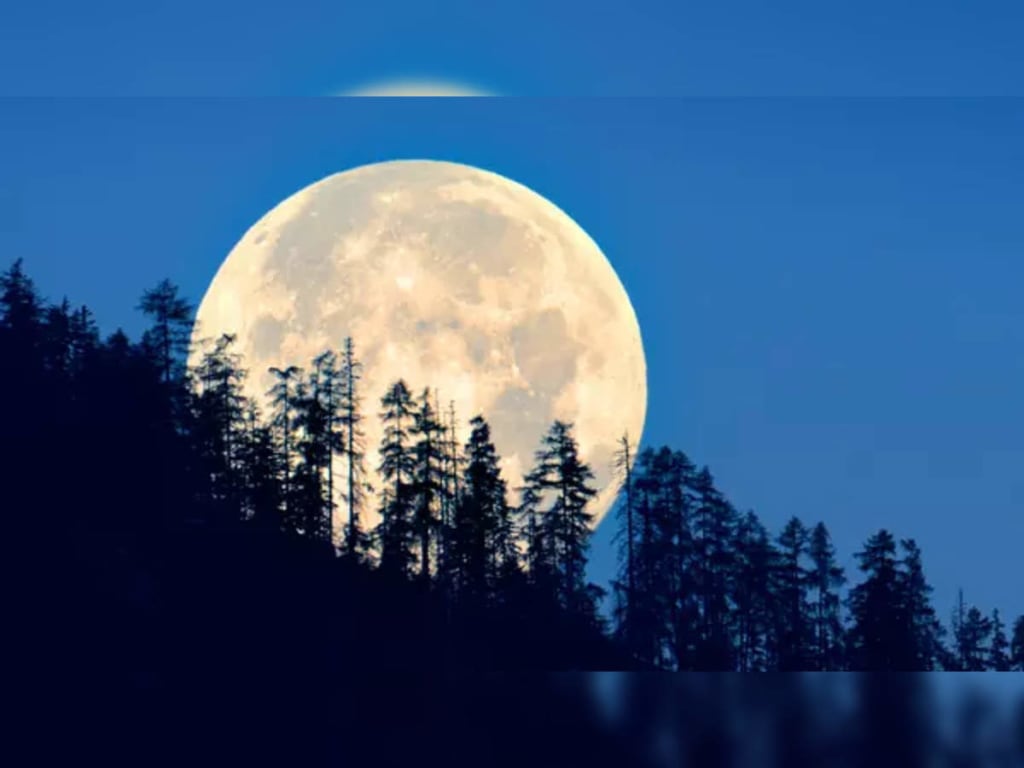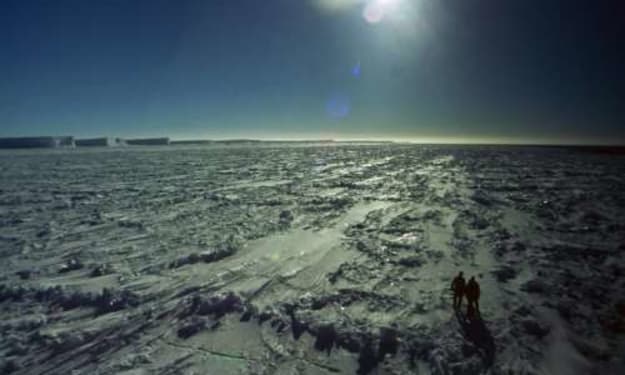The Rear Supermoon
A Celestial Phenomenon with Zero Shadow Day

The Rear Supermoon: A Celestial Phenomenon with Zero Shadow Day
Buckle up, fellow cosmic enthusiasts, as we embark on an extraordinary journey through the captivating world of celestial wonders. Our cosmic voyage begins with an exploration of the mesmerizing phenomenon known as Zero Shadow Day. Picture this: a celestial event that graces us not once but twice a year, nestled comfortably between the Tropic of Cancer and the Tropic of Capricorn, right near the equator. The most recent spectacle unfolded on August 18th, leaving the residents of Bengaluru, India, awestruck by its breathtaking display.
Zero Shadow Day, a term that sounds almost otherworldly, offers us a fascinating glimpse into the intricate dance of our planet and the sun. During this extraordinary event, something truly magical transpires – vertical objects, those everyday structures that typically cast shadows, mysteriously cease to do so. But how does this enchanting phenomenon come to be? It's all thanks to the sun's unique positioning directly overhead at local noon, conjuring a spellbinding spectacle where shadows seem to vanish into thin air. So, join us as we unravel the mysteries of this celestial wonder.
Our cosmic journey doesn't end with Zero Shadow Day. Let's fast forward to August 27th, when our night sky hosted another celestial superstar: Saturn. On this particular night, Saturn reached opposition, a celestial event that brought it exceptionally close to Earth. It was a momentous occasion that allowed skywatchers to witness the planet's majesty in all its glory. Saturn, known for its magnificent rings, shone brilliantly, offering a mesmerizing view that left observers spellbound.
But that's not all – August had a celestial surprise in store for us, a true celestial treat that left astronomers and stargazers alike in awe. The night of August 30th to 31st marked the appearance of the supermoon of 2023. And this wasn't just any supermoon; it was the grandest, brightest, and most awe-inspiring lunar event of the year. The moon graced our night sky at an astonishingly close distance to Earth, hovering at a mere 222,043 miles away, give or take a few. This celestial spectacle drew celestial enthusiasts from all corners of the globe, offering an opportunity to witness the moon's splendor up close and personal. It was an event that left a lasting impression and a promise of more celestial wonders to come.
If these celestial wonders have ignited a spark of curiosity within you, then you're in for a treat. In the following pages, we'll take a deeper dive into each of these celestial marvels, exploring the science behind them, their cultural significance, and the sheer wonder they inspire. So, join us on this cosmic journey as we unravel the secrets of the universe, one celestial event at a time.
Zero Shadow Day: Chasing Shadows in the Equatorial Paradise
Our journey begins with a phenomenon that might seem like pure magic but is, in fact, a beautifully orchestrated dance of our planet and its closest star, the sun. Zero Shadow Day, a term that could easily be plucked from the pages of science fiction, unfolds twice a year in regions situated near the equator, between the Tropic of Cancer and the Tropic of Capricorn. On the 18th of August, residents of Bengaluru, India, had the privilege of experiencing this enchanting celestial display firsthand.
So, what exactly is Zero Shadow Day, and how does it captivate our senses? Imagine standing outdoors on a sunny day, where shadows of objects are cast on the ground due to the angle of the sun. Now, picture all those shadows mysteriously vanishing into thin air, as if a cosmic magician waved their wand. That's the essence of Zero Shadow Day. During this phenomenon, vertical objects, such as lampposts, trees, and buildings, suddenly stop casting shadows on the ground. The reason behind this magical occurrence lies in the unique alignment of our planet with the sun.
As Earth orbits the sun, it tilts on its axis, creating seasons and causing the sun to appear at varying angles in the sky. When we experience Zero Shadow Day, it means the sun is positioned directly overhead at local noon, resulting in objects no longer projecting shadows. This peculiar alignment is possible because of Earth's axial tilt of approximately 23.5 degrees. The result? A truly mesmerizing and surreal moment when shadows seem to vanish, leaving the world bathed in an even, shadowless light.
Saturn at Opposition: The Ringed Giant Takes Center Stage
Our cosmic journey continues with a celestial superstar that often graces our night sky but seldom in such a grand fashion – Saturn. On the night of August 27th, this gas giant took center stage as it reached opposition, a celestial event that brought it remarkably close to Earth. But what exactly does it mean for Saturn to be at opposition, and why is it such a noteworthy event for astronomers and stargazers alike?
Opposition is an astronomical phenomenon that occurs when a celestial object, in this case, Saturn, is positioned in a way that places it directly opposite the sun in the sky as observed from Earth. To put it simply, it's a cosmic alignment that results in the planet being at its brightest and most visible. During opposition, Saturn is in its full splendor, shining with unobstructed brilliance. This event offers a golden opportunity for astronomers and amateur skywatchers to witness Saturn's majestic beauty up close.
One of Saturn's most iconic features is its dazzling ring system, which consists of numerous icy particles ranging in size from tiny grains to substantial moon-sized chunks. When viewed through a telescope during opposition, these rings are prominently visible, creating a breathtaking sight that has captivated observers for centuries. Saturn's opposition isn't just a visual treat; it also provides a unique opportunity for astronomers to study the planet's atmosphere, its rings, and its intriguing moons in greater detail. In essence, it's a celestial showstopper that never fails to leave a lasting impression.
The Supermoon of 2023: Luna's Grand Performance
As we delve deeper into our cosmic journey, we encounter a celestial marvel that captures the hearts and imaginations of people around the world – the supermoon. August 30th to 31st marked a truly special night in the lunar calendar, as the supermoon of 2023 made its grand appearance. This lunar spectacle wasn't just any supermoon; it was the largest and brightest of the entire year, a celestial gem that left skywatchers in awe.
But what exactly is a supermoon, and why does it hold such a special place in the hearts of celestial enthusiasts? A supermoon occurs when the moon's orbit brings it closer to Earth than its average distance, resulting in the moon appearing larger and brighter in the night sky. This phenomenon is a result of the moon's elliptical orbit, which causes its distance from Earth to vary slightly over time. When the moon is at its closest point to Earth, known as perigee, and it happens to coincide with a full moon, we are treated to the mesmerizing sight of a supermoon.
The supermoon of August 2023 was a celestial showstopper, drawing sky gazers and photographers from all corners of the globe. At its closest approach, the moon hovered at a mere 222,043 miles away from Earth, creating a captivating display of lunar brilliance.
About the Creator
Joshua Adebanjo
Hi there, I am Joshua, a writer who is hungry for Knowledge and also loves to share them and have other's insights. Subscribe and do not miss out on daily dose of Knowledge.
Enjoyed the story? Support the Creator.
Subscribe for free to receive all their stories in your feed. You could also pledge your support or give them a one-off tip, letting them know you appreciate their work.






Comments
There are no comments for this story
Be the first to respond and start the conversation.